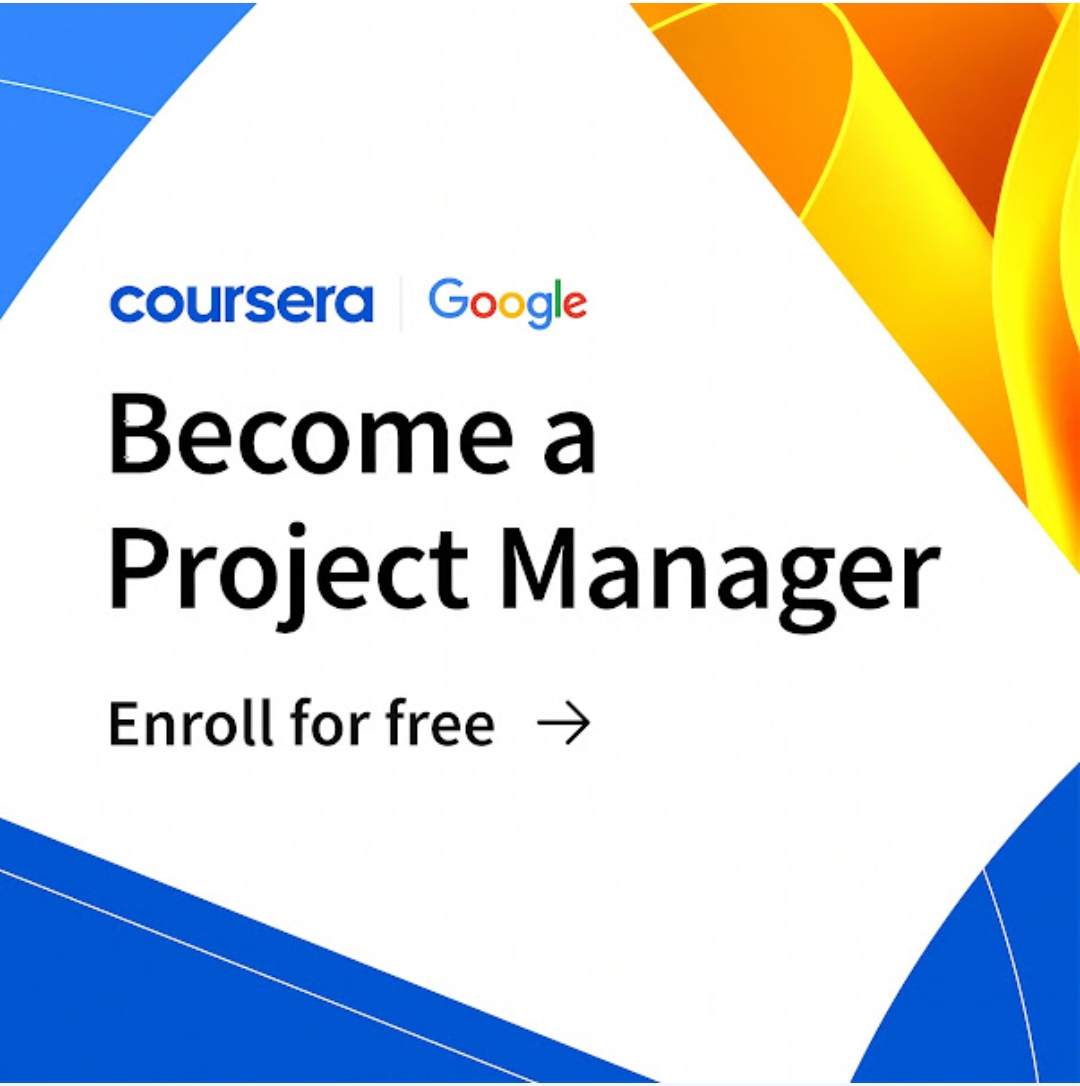Description
Dyslexia is everywhere, touching so many children and adults, and while science has made extraordinary progress in understanding and clarifying the condition, this incredible powerful knowledge rarely reaches those who most need to know and would greatly benefit from it. Our goal is to change all this with the Coursera you are about to view, produced by Dr. Sally Shaywitz, the Audrey G. Ratner Professor in Learning Development, both the leading scientist studying dyslexia and the most devoted advocate for helping those who are dyslexic.
The course addresses and answers just about all the questions you have: beginning with what is reading and what is dyslexia and sharing with you the most up-to-date 21st century federal definition of dyslexia. If you are dyslexic, you’ll come to learn you are not alone – dyslexia is very common affecting one out of five, that is, 20% of the population, including both boys and girls all over the world. The course addresses a major question we hear from so many parents and teachers– how do I know if my child may be dyslexic? What signs or symptoms should I be on the lookout for? And here’s another very important question we hear from so many parents and educators who are eager to do the best for their child – when should screening for dyslexia begin? What is the best method? What should I look for or ask about?
A major source of worry for parents is their child’s slow reading- they ask will this prevent a happy future for the child. Yes, dyslexics are slow readers and here, in Coursera, you will come to understand the brain’s role in dyslexia, including slow reading. Great news to share – you will also be so delighted to learn that surrounding a dyslexic’s slow reading is a phenomenal powerful sea of strengths in big picture thinking and reasoning. Dyslexia is a true paradox: dyslexics may be slow readers but at the same time are incredibly fast thinkers!
You can be assured, if you care about a child or someone who is dyslexic and have questions or concerns, you will find it addressed here in this course: everything important to know about and help you select the most effective interventions for a dyslexic child; how to go about choosing the best school, including potentially one that is specialized, for such a child, including what is most important to look for when visiting a potential school; the role of accommodations and how to select the best one; and common co-occurring conditions like ADHD and anxiety – their impact, how to recognize and treat. In the following lessons you will meet wonderful, incredibly insightful and highly successful dyslexics – including governors, cardiac surgeons, nationally renowned attorneys, basketball coaches, economists and dyslexic children and their wonderful families who will share their experiences and advice. Enjoy!
What you will learn
What is Dyslexia?
In module one, we’ll cover the basics. What is dyslexia? What is reading? How does a dyslexic reader differ from an “automatic” reader? We’ll take some time to talk about the 100+ year history of dyslexia and reveal how much progress modern science has made in understanding what goes on in the brain of a dyslexic reader.
Screening, Evaluating, and Diagnosing Dyslexia
How does one know if they, or their child, is dyslexic? Module two examines the origin of the difficulties in dyslexia: getting to the sounds of spoken language. . We’ll talk about the paradox of dyslexia: a circumscribed deficit in decoding surrounded by a sea of strengths in higher cognitive function. We’ll examine when, how, and why to begin screening and testing children for dyslexia and what signs primary caretakers and teachers should be on the lookout for in their children and students at risk for dyslexia.
Effective Interventions for Young Children
Here we examine the many facets of providing the most effective interventions for dyslexic children. Included are interventions for the beginning reader such as teaching phonemic awareness and phonics. Teaching fluency, vocabulary and comprehension follow as well as strategies that encourage and preserve the child’s self-esteem. Throughout we emphasize the critical importance of employing evidence-based interventions.
Choosing the Right School for Your Dyslexic Child
We survey and examine public schools, independent schools and schools specialized for dyslexia and when parents of dyslexic children might consider changing their child’s current school. The pros and cons of each type are examined with an emphasis on choosing a school where the climate for dyslexic children is welcoming. Two private independent schools and a public charter school specialized for dyslexia are examined In depth, focusing not only on their reading programs but how these specialized schools preserve and protect the dyslexic child’s self-esteem, promising and most often fulfilling the dyslexic graduate with an opportunity to succeed in high school, college and in life.








